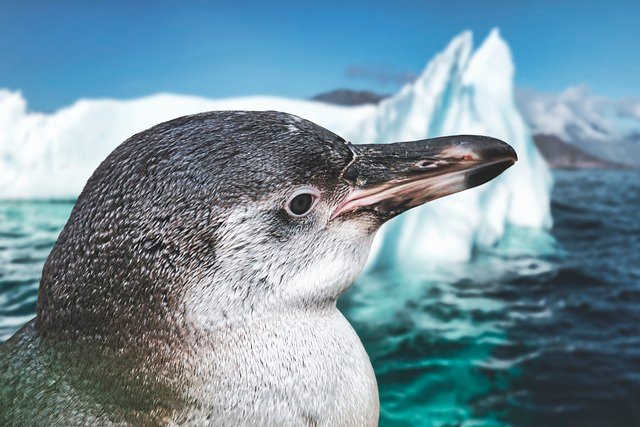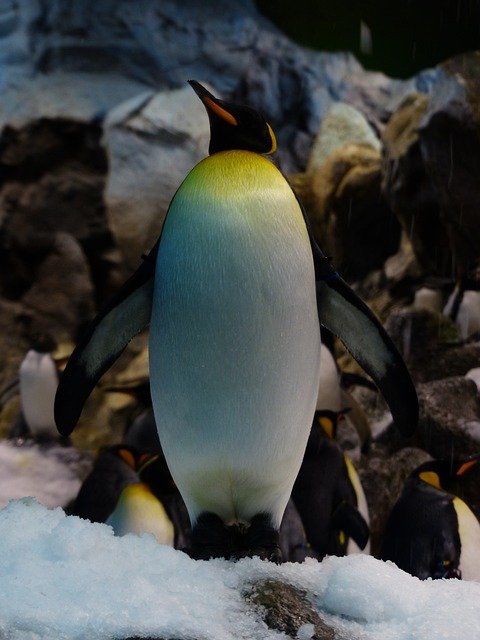
The Unique Social Structure of Penguin Colonies: Cooperation and Communication in the Freeze
Penguins, often seen waddling across icy landscapes, are not just charming creatures; they possess a fascinating social structure that enables them to thrive in some of the harshest environments on Earth. Their colonies are a testament to the power of cooperation and communication, which are essential for survival in the frigid conditions of their habitats.
The Colony: A Social Hub
Penguin colonies can range from a few dozen to several thousand individuals, depending on the species and environmental conditions. These colonies serve as a social hub where penguins engage in various activities, from breeding to foraging.
Hierarchical Structure
Within a colony, penguins establish a loose hierarchy based on factors such as age, experience, and breeding status. This hierarchy plays a crucial role in decision-making processes, especially when it comes to foraging and predator avoidance. Older, more experienced penguins often lead the way, guiding younger members toward food sources and safe nesting areas.
Communication: The Key to Cooperation
Vocalizations
Penguins are known for their distinctive vocalizations, which serve as a primary means of communication within the colony. Each species has its unique calls, which help individuals recognize mates and offspring among the cacophony of sounds. These vocalizations are particularly important during the breeding season, when penguins must locate their partners in crowded nesting areas.
Body Language
In addition to vocalizations, penguins use body language to convey messages. For instance, a penguin might bow its head or flap its wings to signal aggression or submission. Such non-verbal cues are vital for maintaining social bonds and establishing territory within the colony.
Cooperative Breeding
One of the most remarkable aspects of penguin social structure is their cooperative breeding behavior. Many species, such as the Emperor Penguin, exhibit a high degree of parental investment, with both males and females taking turns incubating eggs and feeding chicks. This cooperation not only increases the survival rates of the young but also fosters strong social bonds among colony members.
Shared Responsibilities
In some species, penguins engage in communal nesting, where multiple pairs of penguins share a nesting site. This arrangement allows for shared vigilance against predators and increases the likelihood of successful chick rearing. By working together, penguins can better protect their young and ensure the survival of the next generation.
Adaptations to Harsh Environments
The social structure of penguin colonies is not just about cooperation; it is also about adaptation. Living in extreme cold requires penguins to huddle together for warmth. This behavior, known as "tobogganing," involves penguins forming tight clusters to conserve heat, illustrating their instinctive understanding of the benefits of social cohesion.
Conclusion
The unique social structure of penguin colonies highlights the importance of cooperation and communication in the animal kingdom. Through vocalizations, body language, and shared responsibilities, these remarkable birds navigate the challenges of their icy environments. As we continue to study penguins and their social behaviors, we gain valuable insights into the complexities of animal societies and the vital role that cooperation plays in survival.
Whether you're a seasoned researcher or a curious observer, the dynamics of penguin colonies offer a captivating glimpse into the intricate web of life in the frozen wilderness.

Upvoted! Thank you for supporting witness @jswit.
Downvoting a post can decrease pending rewards and make it less visible. Common reasons:
Submit
Downvoting a post can decrease pending rewards and make it less visible. Common reasons:
Submit